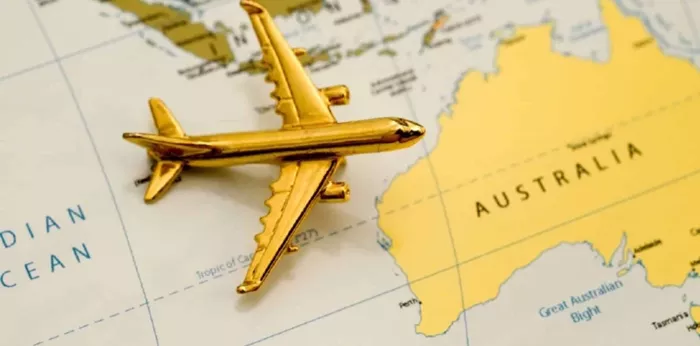In a significant move to curb record migration, Australia has more than doubled the visa fee for international students. Starting July 1, the fee for an international student visa has surged to A$1,600 ($1,068) from A$710. This increase is part of a broader strategy by the Australian government to address the pressures of heightened migration on the country’s housing market and infrastructure.
In addition to the fee hike, the government is closing loopholes in visa regulations that have allowed foreign students to extend their stay in Australia continuously. These changes come after a notable rise in the number of students on second or subsequent student visas, which jumped by over 30% to more than 150,000 in the 2022-23 period.
Home Affairs Minister Clare O’Neil emphasized the need for these reforms, stating, “The changes coming into force today will help restore integrity to our international education system, and create a migration system which is fairer, smaller, and better able to deliver for Australia.”
The tightening of student visa rules follows a series of actions initiated since late last year. The lifting of COVID-19 restrictions in 2022 led to a surge in annual migration, which reached a record 548,800 people in the year leading up to September 30, 2023. This unprecedented increase has placed significant strain on Australia’s housing market, prompting the government to take decisive measures.
One of the measures includes a ban on visitor visa holders and students with temporary graduate visas from applying onshore for a student visa. Additionally, English language requirements for international students were tightened in March. In May, the amount of savings required for a visa was raised to A$29,710 ($19,823) from A$24,505, marking the second increase in seven months.
These changes make studying in Australia considerably more expensive compared to other popular destinations. For instance, student visa fees in the US and Canada are approximately $185 and C$150 ($110), respectively.
The impact on Australia’s education sector, a major contributor to the economy, has raised concerns. Universities Australia CEO Luke Sheehy warned that continued policy pressure could undermine the sector’s strength. “This is not good for our economy or our universities, both of which rely heavily on international student fees,” Sheehy stated in an emailed response.
International education is one of Australia’s largest export industries, contributing A$36.4 billion to the economy in the 2022-2023 financial year. As the government navigates the challenges of record migration, balancing the needs of the economy and the education sector remains a critical task.
Related topics:



















